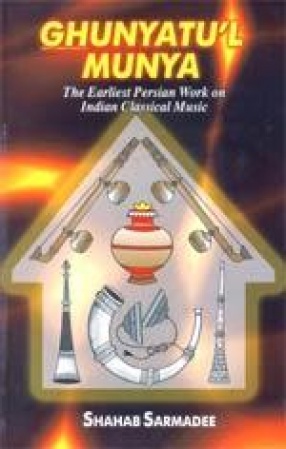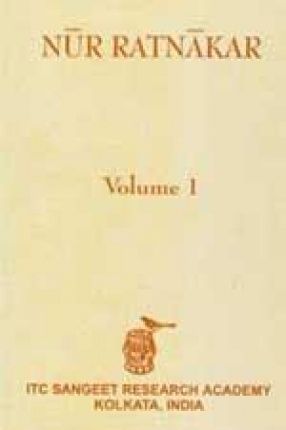
Showing all 3 books

The present volume is a complete English version of a unique Persian work on Indian music. The original text happens to be the earliest to deal with the profound art of Sangita comprising Gita, Vadya and Nrtya. As such, it may be placed almost next to the Sangita Ratanakara of Sarngdeva, in chronological significance. The author of Ghunyatu'l Munya lays equal emphasis on tansif and talif: the poetic text and the same composed in melody and rhythm. Its departure ...

A number of artistic trends, derived from the Arabo-Persian tradition, contributed to the richness of music in medieval India. The first volume of Nur-Ratnakar offers a compendium of sources on the early manifestations of this cross-cultural phenomenon, from the end of the tenth century to the end of the fourteenth, a key-period in the development of Indian music, especially court-music. Some of the important Arabic and Persian sources examined in the first ...

Tarjuma-I-Manakutuhala and Rasala-I-Ragadarpana is a combined treatise by Nawab Saif Khan, better known as Faqirullah; the first is translation (tarjuma) and the other an original treatise, on the subject of the practiced music of the time. In 1071 A.H. (1661) A.D. the author relinquished his job under Aurangzeb and went back to Sirhind, his own province. In these self-imposed retirement days, he took upon himself to draft the first copy of his risala. The work ...
